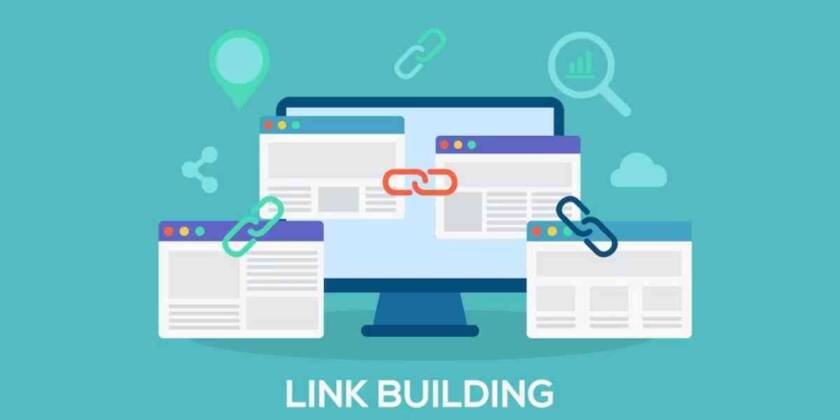In today’s digital world, your website is your digital home—it’s where first impressions are made, stories are told, and relationships with your audience begin. But having a website isn’t enough. If you want it to grow, bring in the right people, and convert visits into results, content marketing is your best friend.
In this easy-to-understand, action-packed guide, we’re breaking down content marketing into digestible strategies so you can actually grow your site—whether you’re a small business owner, a marketer, or a solopreneur trying to build your online presence.
Start with the Foundation: Know Who You’re Talking To

Before creating content, you need to understand who it’s for and what it’s meant to do.
Know Your Audience Deeply
Skip the generic demographics. Really get into your audience’s shoes. What keeps them up at night? What excites them? Are they more into videos or long-form reads?
-
Build buyer personas—give your audience faces, names, goals, and struggles.
-
Conduct surveys, interviews, and track their behavior on social media or your site.
Set Clear Goals with Purpose
Without clear goals, content marketing becomes a guessing game. Use SMART goals:
-
Specific – Want more leads? More traffic? Define it.
-
Measurable – Know your KPIs.
-
Achievable – Be realistic.
-
Relevant – Tie your content goals to your business goals.
-
Time-bound – Set deadlines and milestones.
Audit What You Already Have
Take inventory of your existing content:
-
What’s performing well?
-
What’s outdated or irrelevant?
-
What’s missing?
Also, sneak a peek at your competitors—what are they doing that’s working? Where can you do better?
Build a Strategy That Doesn’t Burn You Out

Once you know the why and the who, build a plan that’s strategic and doable.
Nail Keyword Research
Understand what your audience is typing into Google.
-
Focus on long-tail keywords with high intent and less competition.
-
Use tools like SEMrush, Ahrefs, or Google Keyword Planner.
-
Always consider search intent—are they browsing or buying?
Create a Content Calendar
Structure matters! A calendar helps you stay consistent.
-
Align content with the buyer’s journey—awareness, consideration, and decision.
-
Use a mix of formats: blogs, videos, infographics, podcasts, etc.
-
Don’t forget to include promotion plans in the calendar.
Optimize for SEO (Without Sounding Like a Robot)
-
Use keywords naturally in titles, headers, body text, and meta descriptions.
-
Write compelling title tags and meta descriptions to improve clicks.
-
Internal linking helps search engines crawl your site and improves user flow.
-
Focus on technical SEO: fast-loading pages, mobile responsiveness, and a clean site structure.
Content Pillars & Clusters
Establish yourself as an expert:
-
Write detailed “pillar” pages on core topics.
-
Support them with related “cluster” articles that dive deeper into subtopics.
-
Link everything together—this boosts both SEO and user value.
Promote Like a Pro

Creating great content is only half the job. Promotion is where growth really happens.
Use Multiple Channels
-
Social Media: Post and engage across platforms where your audience hangs out.
-
Email Marketing: Nurture leads and share your best stuff with subscribers.
-
Guest Blogging: Tap into new audiences and boost your SEO.
-
Influencer Partnerships: Team up with creators who already have your audience.
Build Community
-
Join forums, groups, and communities where your audience asks questions.
-
Respond, help, and share your expertise. (No hard selling!)
-
Encourage comments, shares, and UGC (user-generated content).
Repurpose Content
Maximize your reach:
-
Turn a blog post into a video.
-
Create quote graphics from an ebook.
-
Chop a webinar into short clips for Reels or TikTok.
Measure, Learn, and Improve

Content marketing is not set-it-and-forget-it. Constant tweaking leads to growth.
Track Everything
Use Google Analytics, Search Console, and even heatmaps to see:
-
Who’s visiting your content?
-
What are they clicking on?
-
Where are they dropping off?
Analyze and Iterate
-
Celebrate what’s working.
-
Adjust what’s not.
-
Test new ideas and stay agile.
Final Thought
Growing your website through content marketing isn’t about churning out endless posts. It’s about strategic, audience-focused content that delivers value and builds relationships over time.
Need a winning content marketing strategy that actually grows your site?
Let IxD Hub help you build one that connects, converts, and scales. Get in touch with us today or WhatsApp Us.
FAQs: Content Marketing Strategies for Website Growth
1. How long does it take for content marketing to show results?
Typically, 3–6 months to see consistent growth. It’s a long game that builds momentum over time.
2. Do I need a blog to do content marketing?
Not necessarily, but having a blog is one of the most effective ways to drive traffic and improve SEO.
3. How do I know what content my audience wants?
Use analytics, conduct surveys, listen on social media, and watch competitors. Your audience will tell you—if you listen.
4. What tools are best for content marketing?
SEMrush, Ahrefs, Google Analytics, Search Console, Trello (for planning), and Canva (for visuals) are all great.
5. Can content marketing work for small businesses?
Absolutely. In fact, it’s one of the most cost-effective ways for small businesses to compete online.




